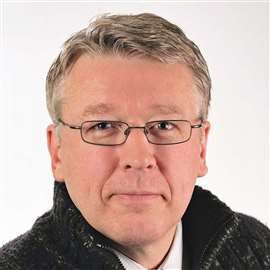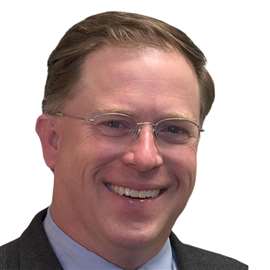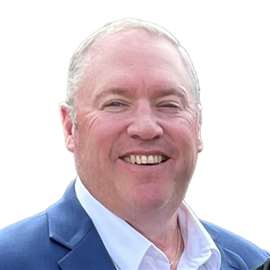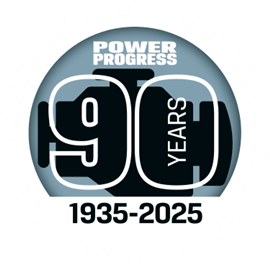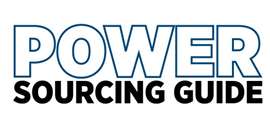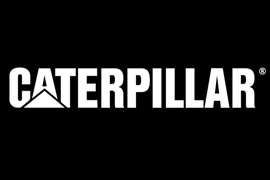Fixing A Foundational Issue
11 May 2020
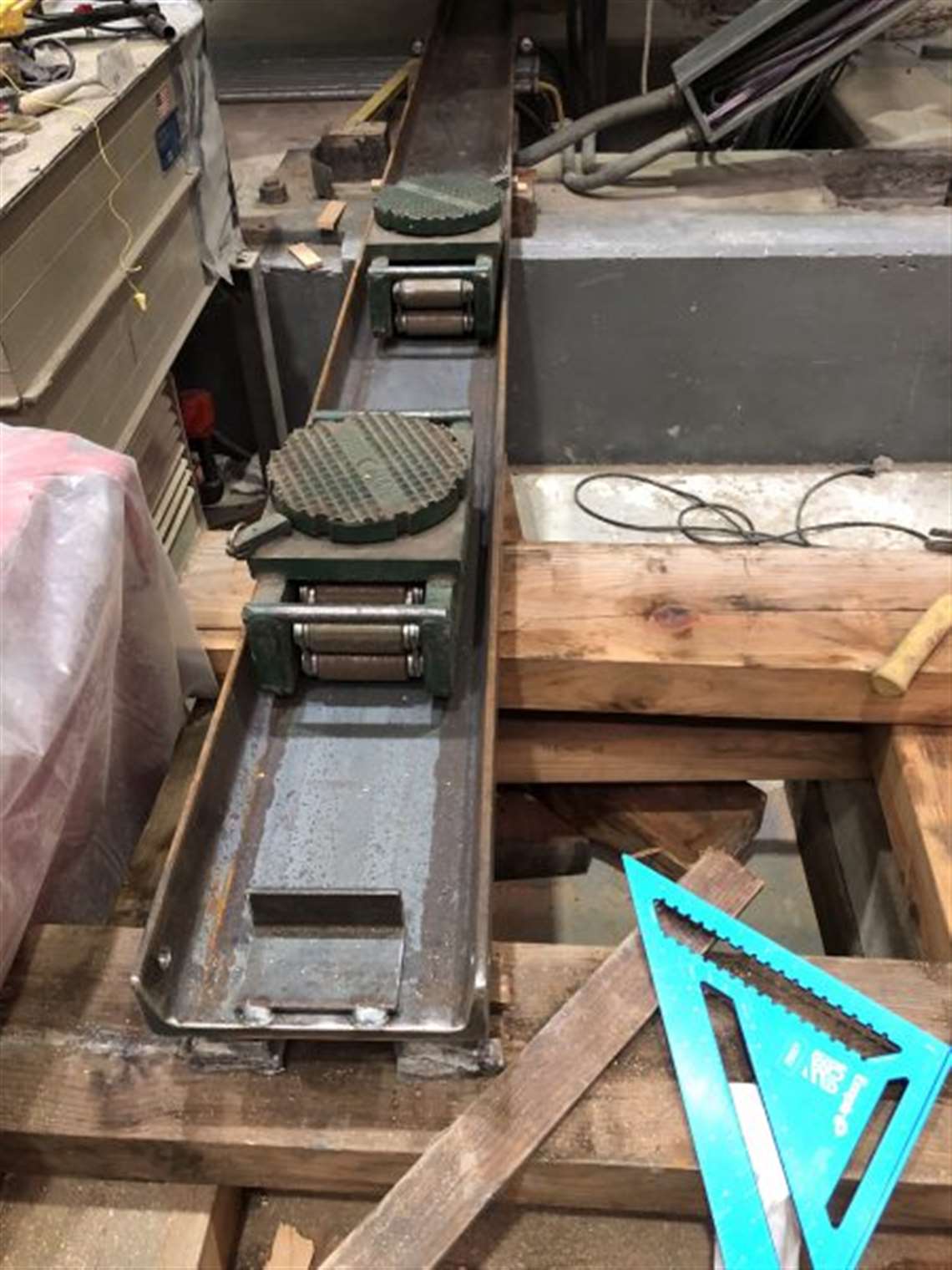
Editor’s note: This story originally appeared in the spring issue of Diesel & Gas Turbine magazine.
A power plant steam turbine generator (STG), installed 27 years ago had experienced excessive generator vibration and maintenance costs after the STG was re-built and re-balanced on-site seven years ago. The generator foundation perimeter was mounted on 10, 6.35-cm thick steel plates (sole plates), embedded in a conventional reinforced concrete foundation using cementitious grout.
For the past seven years, the plant had consulted with the turbine manufacturer, inspection companies, vibration consultants, and vibration measurement vendors, including a motion amplification technology service that confirmed the excessive vibration, especially at the generator support “feet” bolted on the soleplates. An early analysis noticed that most of the feet had shim movement on a soft-foot check. Over the years, they had adjusted feet anchor bolts, installed more shims under the feet, realigned the generator coupling, realigned the turbine to the generator, and injected epoxy grout through holes under the soleplates, but any vibration reduction was short-lived. An elevation check revealed that most of the generator support feet were at different elevations, resulting in vibration and requiring shims to try and maintain machine alignment (Photo 1).

A structural assessment, design and repair company was eventually contacted for an assessment, and it was recommended that the sole plates be re-grouted with an epoxy grout, better than cementitious grout for vibration absorption, and that all the feet be set to proper elevations per original alignment.
Due to a limited amount of time and crane availability during a plant outage, the generator was disconnected and lifted 1.2 m off the foundation with jacks after unbolting the support feet from the sole plates (Photo 2). This was enough space for the structural repair company to remove the soleplates and the old grout, prepare the concrete surfaces and install the new grout, and replace the soleplates.

Before soleplate removal, optical surveying equipment was used to record the as found XYZ coordinates of the existing 10 soleplates.
Due to the weight of the soleplates and the limited vertical space for using lifting equipment, a rail system was created on-site and used to move the plates out from the top of the foundation (Photo 3).

After the soleplates were removed, the original cementitious grout under the soleplates was also chipped away, and then the concrete surface under the grout was roughened per best practice guidelines to properly bond to the new grout )Photo 4).
It was determined that the original anchor bolts, embedded in the concrete under the soleplates, did not need to be replaced.

During the grout removal and concrete surface preparation process with pneumatic chipping guns, plastic was used to create a controlled area for dust removal per OSHA guidelines for silica dust control. The repair company created a silica dust control plan and used ventilation to move the dust outside the building.
The soleplates were re-machined and sandblasted at a local machine shop to ensure proper elevation setting and bonding with the new grout. Then the plates were re-installed, using the rail system, and jack bolts were installed in the plates to allow the plates to be adjusted to the proper elevation (Photo 5).

Optical surveying equipment and jack bolts were used to set the soleplates to the correct elevations for proper machine operation (Photo 6).

After elevations were set, the space between the soleplates and the concrete was filled with new epoxy grout (Photo 7).

Conclusions
The foundation repair process was completed within seven days using one labor shift per day. After startup, the generator did not experience any vibration for the first time in seven years.
In summary, turbine and generator foundations can be very complex, and inadequate foundations can cause vibration and decrease machine reliability. The foundation is a unified, multi-physics system, and all parts of the foundation are critical to performance, including original design and condition of concrete, grout, soleplates, anchor bolts, and soil. Re-grouting allows replacement of old grout and re-setting of soleplate or machine framework to proper elevations to reduce vibration. Assessment, design and repair quality are very important, and vibration reduction can be significant after using trained and experienced inspectors, licensed and specialized design engineers with equipment foundation experience, and proven, knowledgeable field repair companies.
POWER SOURCING GUIDE
The trusted reference and buyer’s guide for 83 years
The original “desktop search engine,” guiding nearly 10,000 users in more than 90 countries it is the primary reference for specifications and details on all the components that go into engine systems.
Visit Now
STAY CONNECTED




Receive the information you need when you need it through our world-leading magazines, newsletters and daily briefings.
CONNECT WITH THE TEAM

